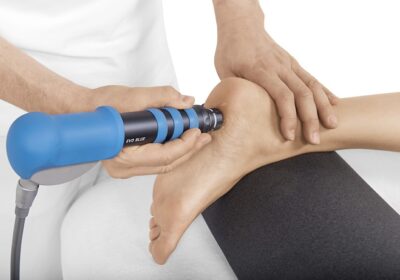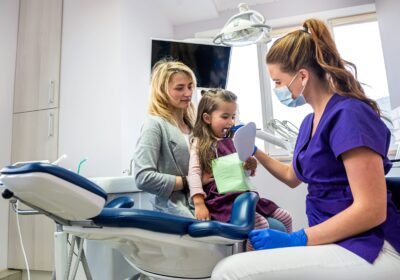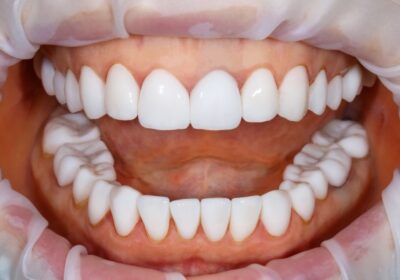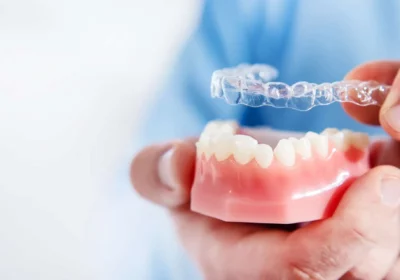
Contamination Risks in Healthcare: Addressing the Invisible Dangers
In medical environments, upholding exceptional hygiene is essential for safeguarding both patients and healthcare staff. While much attention is given to sterilized tools and sanitized surfaces, one often-overlooked factor plays a pivotal role in infection control: laundry. Even fabrics that seem clean may conceal microscopic threats capable of compromising sanitary standards.
The Invisible Threat of Unclean Linens
Items like scrubs, sheets, and towels are in constant circulation throughout hospitals and clinics, routinely exposed to contaminants such as bodily fluids. If laundering protocols fall short—due to insufficient temperatures, poor handling, or subpar storage—these fabrics can become unsuspected carriers of disease. Small oversights in this process can escalate into widespread safety risks.
That’s why partnering with a vendor specializing in medical textile hygiene is vital. These providers follow rigorous decontamination standards, applying industrial-grade disinfectants and validated processes that ensure harmful microorganisms are eliminated. Their services often include high-heat sterilization cycles and clearly defined sorting procedures to limit the chance of contamination. A dedicated clinical linen solution can play a crucial role in reinforcing infection prevention protocols through dependable, repeatable hygiene measures.
Sanitation That Reaches Beyond the Obvious
It’s not just high-traffic surfaces that require strict attention. True cleanliness must also extend to less visible areas—like HVAC ducts, reusable instruments, and frequent-touch objects such as privacy curtains and handrails. Incorporating technologies like ultraviolet disinfection or electrostatic spraying systems can help enhance sanitation practices. Still, if these tools aren’t consistently integrated into the routine, their impact is limited.
The Ripple Effect of Lax Hygiene Practices
Neglecting thorough cleaning procedures can have consequences that stretch far beyond the immediate clinical setting. Healthcare-associated infections (HAIs) not only jeopardize patient health but also incur financial losses, legal exposure, and reputational harm. A facility marked by poor hygiene may see reduced patient trust and declining admissions—damaging long-term credibility in the community.
A Unified Approach to Infection Prevention
Creating a truly sanitized environment means taking a comprehensive and layered approach. Collaborating with trusted textile hygiene providers is just one component. Facilities must also emphasize ongoing staff education, update disinfection protocols regularly, and adopt new technologies where they provide measurable benefit. Combining procedural discipline with innovative tools is the most reliable way to close gaps in any infection control strategy.
In the end, clinical cleanliness is more than a compliance issue—it’s a responsibility rooted in ethical care. Reinforcing every aspect of the hygiene process, especially those that may be underestimated, empowers healthcare facilities to provide safer treatment, earn community confidence, and uphold a reputation for excellence.
Content created by Sparklean Laundry, providing commercial laundry service in Phoenix


















